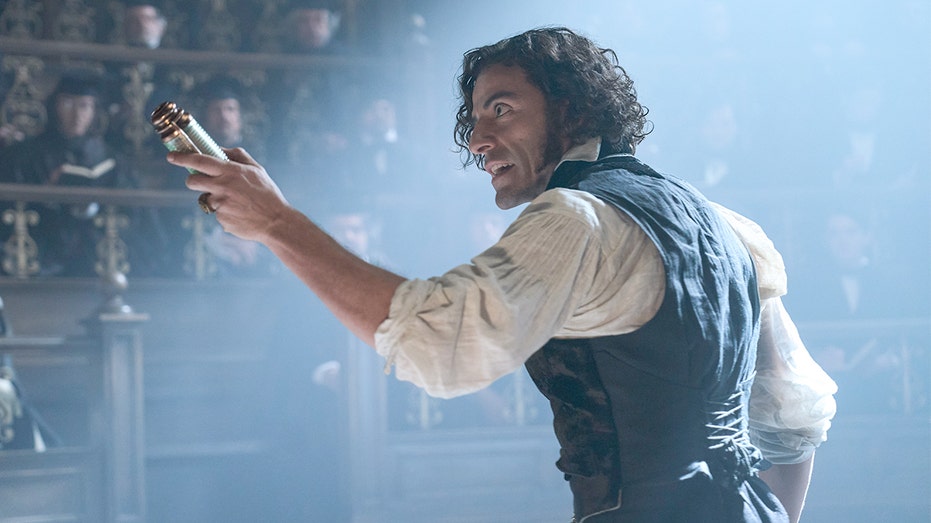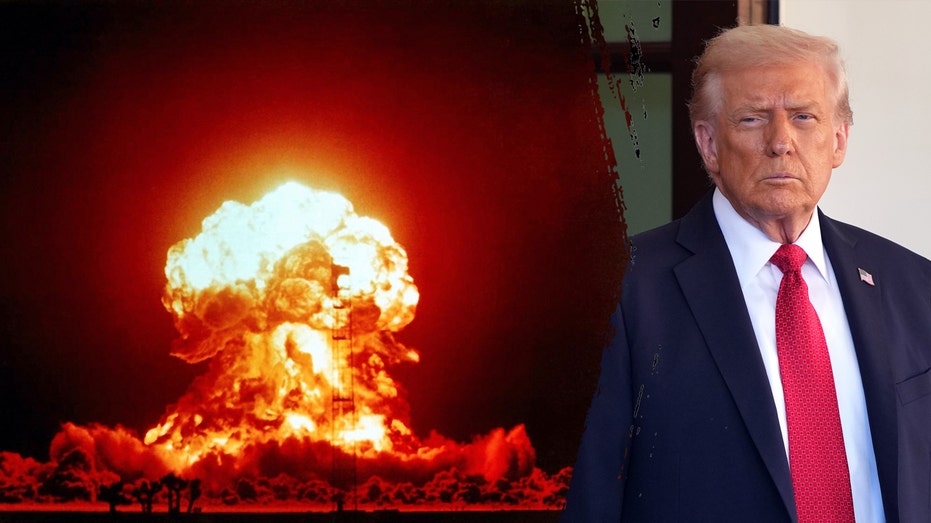The tale of “Frankenstein” has echoed through Hollywood for generations, endlessly reimagined, yet always measured against the iconic 1931 film that launched Boris Karloff into stardom. Does the story truly need another retelling? Guillermo del Toro, a director renowned for his dark and fantastical visions – from the haunting beauty of “Pan’s Labyrinth” to the tender monster story of “The Shape of Water” – clearly believed it did.
Del Toro’s ambitious adaptation unfolds with a chilling “prelude” set in the frozen expanse of the North Arctic. A desperate ship, trapped in the ice, rescues a gravely wounded Victor Frankenstein, unaware that a colossal figure – The Creature – relentlessly pursues him. Towering over the sailors, possessing immense strength, The Creature embodies a terrifying presence that quickly throws the ship into chaos.
Confined with Captain Anderson, Frankenstein recounts his life, a narrative steeped in loss and ambition. His upbringing was defined by a cold, distant father who relentlessly pushed him towards a life in medicine. The early death of his mother cast a long shadow, and his younger brother William quickly became the favored son, fueling a simmering resentment within Victor.
Years later, Frankenstein’s radical experiments in reanimation are met with scorn and ridicule by his peers, dismissed as mere spectacle. Only Henrich Harlander, a charismatic arms dealer, recognizes the potential and offers his financial support. Assisting them is Victor’s estranged brother, William, now grown, and engaged to Harlander’s niece, Elizabeth – a woman who unknowingly captures Victor’s own affections.
Within the walls of an abandoned tower, they begin their macabre work, meticulously assembling a being from the remains of hanged criminals and soldiers lost in the Crimean War. A surge of electricity, drawn from a violent lightning storm, breathes life into the Creature, though without the famous proclamation that defined the Universal classic.
Initially filled with wonder, Victor quickly becomes disillusioned by the Creature’s limited cognitive abilities, his only utterance being Victor’s name. Yet, a fragile connection forms between the Creature and Elizabeth during an unexpected visit, hinting at a capacity for tenderness within the monstrous form. Driven by fear and frustration, Victor attempts to destroy his creation, setting the tower ablaze, believing the Creature perished in the flames.
The narrative then shifts, granting The Creature his own voice. He recounts his journey of intellectual awakening, guided by a compassionate blind man, and his relentless pursuit of Victor, seeking understanding and perhaps, acceptance. This second act offers a poignant perspective on the creature’s isolation and the injustice he endures.
Oscar Isaac, Christoph Waltz, and Mia Goth deliver compelling performances, but it is Jacob Elordi, the rising star, who faces the greatest challenge in his transformative role as The Creature. He imbues the character with a surprising depth of humanity, moving beyond the monstrous exterior to reveal a being capable of profound emotion.
Like its predecessors, this “Frankenstein” wrestles with the age-old question of humanity’s right to play God. However, del Toro’s primary task was to emotionally connect with an audience already familiar with the story’s broad strokes. While visually stunning, the film doesn’t quite achieve that intimate resonance.
Despite this, del Toro’s adaptation is a lavish spectacle, boasting intricate production design, opulent costumes, breathtaking cinematography, and a haunting score. It’s a beautifully crafted retelling, a fairy tale treatment of a horror classic. However, it may struggle to leave the same indelible mark on audiences as Karloff’s groundbreaking performance nearly a century ago.
This “Frankenstein” is a visually rich and entertaining adaptation, but ultimately, it remains a respectful homage rather than a truly transformative reimagining of Mary Shelley’s enduring masterpiece.






